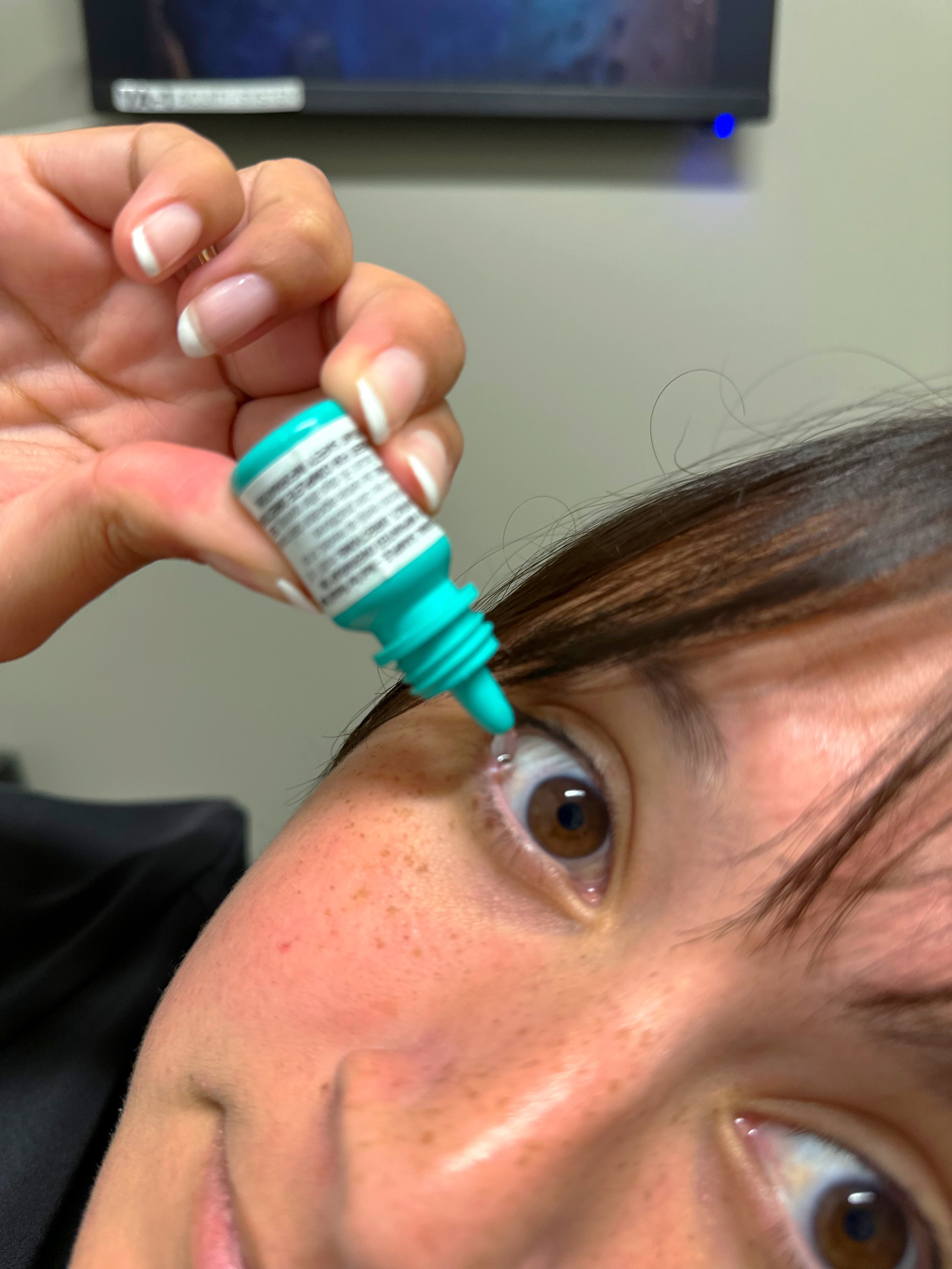Dry Eye Treatments
Dry eye is a common condition that occurs when your eyes do not produce enough tears, or the tears evaporate too quickly. If you're experiencing dry eye symptoms, there are several treatments and lifestyle changes you can try to alleviate the discomfort. Here are some suggestions:
1. Artificial tears: Over-the-counter artificial tear drops, or lubricating eye gels can help moisten and soothe dry eyes. Use them regularly, as directed by the packaging or your healthcare provider.
2. Warm compresses: Apply a warm compress to your closed eyelids for 5-10 minutes, several times a day. This can help stimulate tear production and relieve dryness.
3. Blinking exercises: Practice regular blinking exercises, especially when reading or using digital devices for an extended period. Blinking helps spread tears across the surface of the eye.
4. Humidify the air: Use a humidifier in your home, particularly in your bedroom, to add moisture to the air and prevent dryness.
5. Avoid dry environments: Protect your eyes from drafts, wind, and smoke, as they can worsen dry eye symptoms. Use wraparound sunglasses or protective eyewear outdoors.
6. Take breaks from screens: When using digital devices, take frequent breaks to rest your eyes. Follow the 20-20-20 rule: Every 20 minutes, look away from the screen at something 20 feet away for 20 seconds.
7. Maintain good eye hygiene: Keep your eyelids clean to prevent blockage of the oil glands. Use a mild, tear-free cleanser or prescribed lid scrubs to gently clean your eyelids.
8. Stay hydrated: Drink plenty of water to maintain overall hydration, which can help keep your eyes lubricated.
9. Avoid irritants: Minimize exposure to smoke, dust, and other irritants that can exacerbate dry eye symptoms.
10. Consult an Optometrist at Landa Eye Center: If your dry eye symptoms persist or worsen despite these measures, consult an eye care professional. They may recommend prescription eye drops, medications, or other treatment options.
Remember that these suggestions are general guidelines and may not be suitable for everyone. It's essential to consult with a healthcare professional for an accurate diagnosis and personalized treatment plan for your specific condition.

